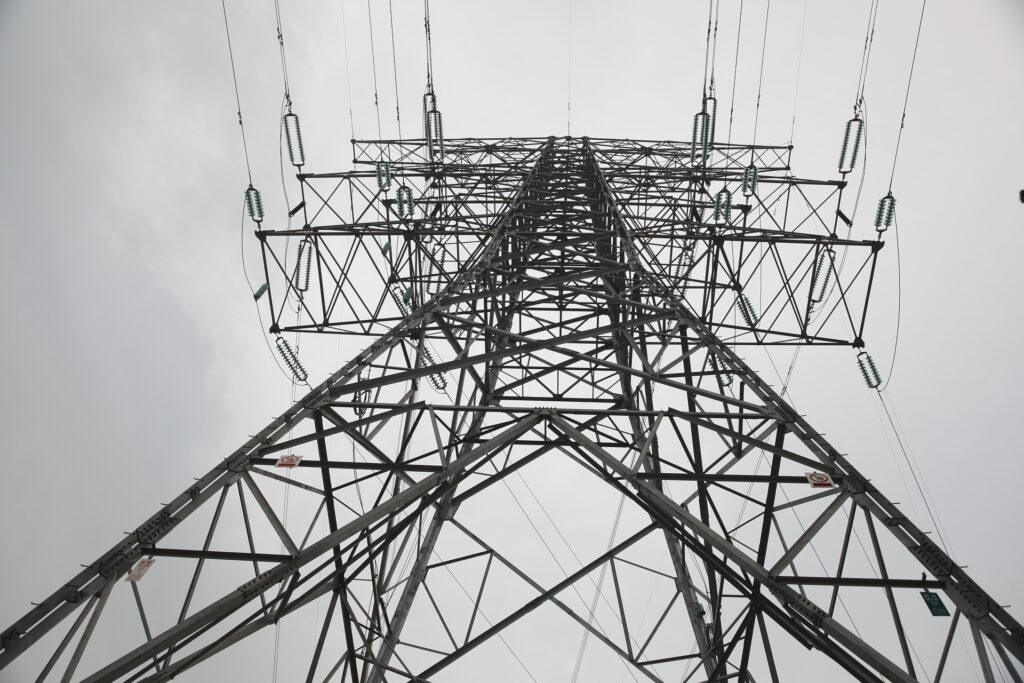Global Avionics Round-Up from Aircraft Value News (AVN)

As modern ATC becomes increasingly reliant on sophisticated avionics infrastructure, the stability of terrestrial power grids is emerging as a critical factor in aviation safety, efficiency, and aircraft asset value.
The aviation industry is undergoing a transformative shift toward NextGen and SESAR technologies, which depend heavily on uninterrupted power to maintain functionality in communications, navigation, and surveillance systems.
But what happens when the power goes out?
Recent grid instabilities in regions as varied as North America, Western Europe, and parts of Asia have exposed vulnerabilities in ground-based infrastructure that powers ATC towers, radar installations, ADS-B ground stations, and remote communication nodes.
These interruptions, even if temporary, can have wide-ranging impacts on flight scheduling, airspace congestion, and safety margins. As a result, stakeholders from airport operators to aircraft lessors are reevaluating the long-term implications of grid resilience on both operational continuity and asset valuation.
Avionics Dependency: A Double-Edged Sword
Today’s aircraft, especially new-generation jets like the Airbus A350, Boeing 787, and even advanced turboprops, are flying data centers, designed to interact seamlessly with a ground-based digital ecosystem. Key systems such as ADS-B Out, satellite navigation, digital NOTAMs, and real-time weather updates all rely on a constant connection to a functioning ground network.
This represents a double-edged sword: while avionics-enhanced ATC reduces fuel burn, enhances safety, and shortens gate-to-gate times, it also introduces a systemic dependency on power-sensitive infrastructure.
When that infrastructure falters, even the most technologically advanced aircraft can be rendered inefficient or grounded, not because of mechanical fault, but because the digital “highway” they rely on goes dark.
The Power Problem: More Frequent Than You Think
Climate-driven weather volatility, aging infrastructure, cyberthreats, and high electricity demand are contributing to a rise in power outages globally. In the United States alone, data from the U.S. Energy Information Administration (EIA) shows a 60% increase in major power disruptions over the past decade. Europe, facing similar challenges from heatwaves, energy supply constraints, and the war in Ukraine, has also seen an uptick in grid reliability issues.
For aviation, even a 15-minute grid blackout at a key control facility can ripple outward into multi-hour flight delays, airspace rerouting, and equipment recalibration. In worst-case scenarios, outages can halt takeoffs or force diversions, particularly in high-density urban airspace corridors that rely on synchronized radar and communication networks.
Resilience Measures: Who’s Responsible?
The responsibility for building resilience into avionics-based infrastructure falls across multiple actors: airport authorities, Air Navigation Service Providers (ANSPs), utility companies, and national regulators. Some airports and control centers have already begun investing in microgrids, battery backups, and diesel generators to maintain uninterrupted operations. But these investments are uneven, and global standardization is lacking.
Moreover, retrofitting older facilities, particularly in developing regions or secondary markets, comes at a high capital cost, raising questions about who foots the bill. As a result, many airfields remain exposed, especially in regions where rapid aviation growth outpaces infrastructure modernization.
Aircraft Values: The Hidden Impact
At first glance, electrical grid instability may seem like a ground-side concern. But the value of aircraft, particularly newer models outfitted with next-gen avionics, can be materially affected. Aircraft that depend on integrated digital infrastructure for optimal performance, routing, and compliance with Performance-Based Navigation (PBN) mandates can be at a disadvantage in areas with weak power resilience.
Lenders, lessors, and investors are beginning to scrutinize these variables when assessing the long-term placement and residual value of aircraft. For example, an aircraft may technically meet ICAO or FAA standards but may face limited operational viability in parts of the world where grid-dependent avionics support is unreliable. This can restrict remarketing potential, reduce lease premiums, and accelerate depreciation curves.
Insurers are beginning to price in infrastructure risk, both in terms of increased liability exposure and business interruption. A single lightning strike that takes out a radar dome without effective backup power can result in dozens of delayed or canceled flights, with downstream financial consequences for operators and asset holders alike.
Toward a Resilient Future
To safeguard aircraft values and ensure uninterrupted aviation operations, several key steps are needed:
- Mandated Power Backup Standards: ICAO and regional regulators should define minimum power resilience requirements for all critical ATC and avionics-dependent infrastructure.
- Decentralized Power Systems: Airports and ANSPs should explore renewable microgrids, energy storage, and redundancy plans to insulate operations from broader grid instability.
- Aircraft Design Flexibility: OEMs must continue to build aircraft capable of operating safely in degraded infrastructure environments, including fallback navigation systems and autonomous rerouting logic.
- Risk-Adjusted Leasing Models: Lessors may begin to factor infrastructure risk into lease pricing, giving preference to regions with resilient power supplies and mature avionics ecosystems.
As aircraft become ever more interconnected with ground-based systems, power resilience is no longer a mere operational concern; it’s a strategic one that directly affects aircraft liquidity, lease terms, and long-term value.
In the age of digital aviation, an aircraft is only as strong as the weakest link in its supporting infrastructure. If the lights go out on the ground, the financial risks take flight.
This article also appeared in our partner publication, Aircraft Value News.
John Persinos is the editor-in-chief of Aircraft Value News.